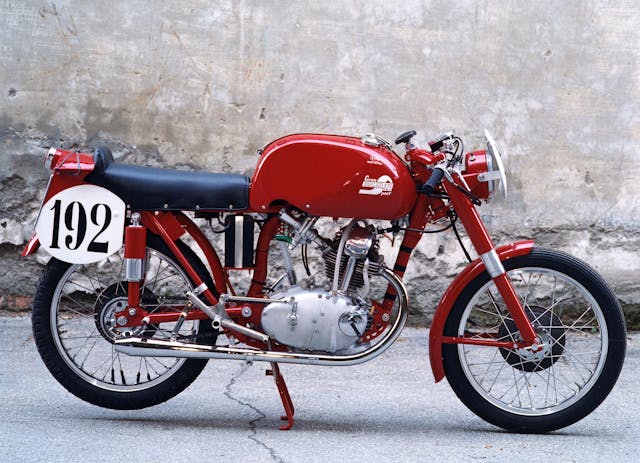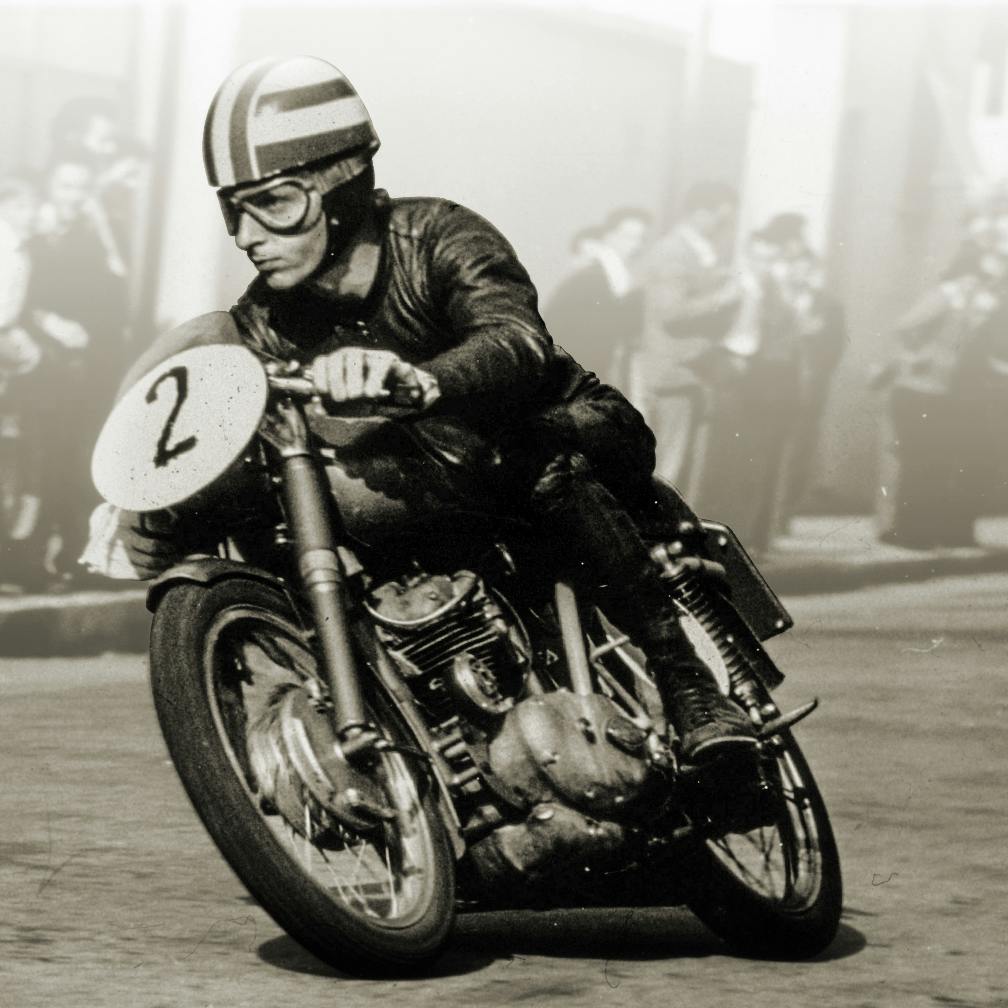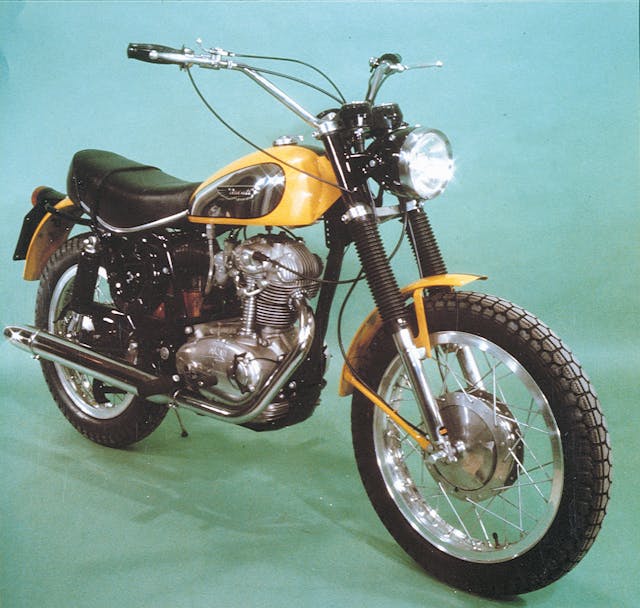Celebrate il duca di desmo with Ducati
Ducati’s Fabio Taglioni, the genius behind the desmodromic engine, was born 100 years ago. The Italian stable has released a short series of films on YouTube to celebrate his incredible life and engineering achievements on road and track.
Born in the Motor Valley of Romagna in September 1920, Taglioni graduated in mechanical in engineering in 1943. By 1952 he was working for the successful motorcycle manufacturer Mondial, but famously walked out after the firm won the Motogiro and he was not invited to the celebrations.
Taglioni’s talent was as big as his pride, and despite a generous offer to join Ford, he signed for Ducati as Technical Director in 1954. He would stay for 30 years.

Taglioni’s immeasurable impact was clear from the very start. Within 40 days of joining he had created the Gran Sport 100 “Marianna” which dominated long distance road races. A 125-cc version followed before Taglioni took on his biggest challenge to date—the desmodromic valve system.
In the desmodromic system valves are opened and closed by a cam and actuators, negating the need for return springs. Mercedes-Benz had seen success using the system on its W196 and 300SLR but Taglioni would be the man to use the “desmo” to change Ducati—and the world of motorcycling—forever.
At the very first track test of Ducati’s dedicated racing machine, the 125 GP Desmo, rider Gianni Degli Antoni stopped after taking just one corner. “Taglioni, I’ve never seen an engine like this before. Not even a 250 can beat it,” he exclaimed.

He was right. It won on its debut at the 1956 Swedish Grand Prix, lapping the entire field in the process. It was clearly the fastest bike in the paddock, but Ducati’s first foray into GP racing was fraught with tragedy. Antoni was killed during practice for the race at Monza and it took until 1958 for the team to find a rider who could match his ability. Bruno Spaggiani would win at Monza, but crash mid-season and narrowly lose the championship to MV Agusta’s Carlo Ubbiali.
Ducati would focus its efforts on road bikes, first with the 175 Turismo which circled the globe, covering almost 40,000 miles in 30 countries to provide its reliability. Next would come the 1962 Scrambler, a bike designed for the U.S. but that would prove just as popular with European adventure-seekers.

As the 1960s drew to a close Japanese superbikes had emerged as serious rivals on the streets and the circuits of the world. Taglioni’s response was the first 90-degree longitudinal twin engine fitted to the 750 GT. At the 1973 200 Miglia at Imola Ducati entered seven racing versions of the new twin. Paul Smart took the checkered flag, embarrassing ten-time champion Giacomo Agostini on his MV Agusta in front of a crowd of 85,000 spectators.

The 750 Super Sport Desmo would be a road-going tribute to this sensational victory, but Taglioni’s bikes were withdrawn from racing under factory colors at the end of the 1973 season as the company was nationalized. Taglioni would keep pushing, developing bikes for road and racing until he retired in 1984.

Taglioni died in 2001. But the Desmo lives on in every Ducati.
Watch the first episode of Taglioni’s story below.


